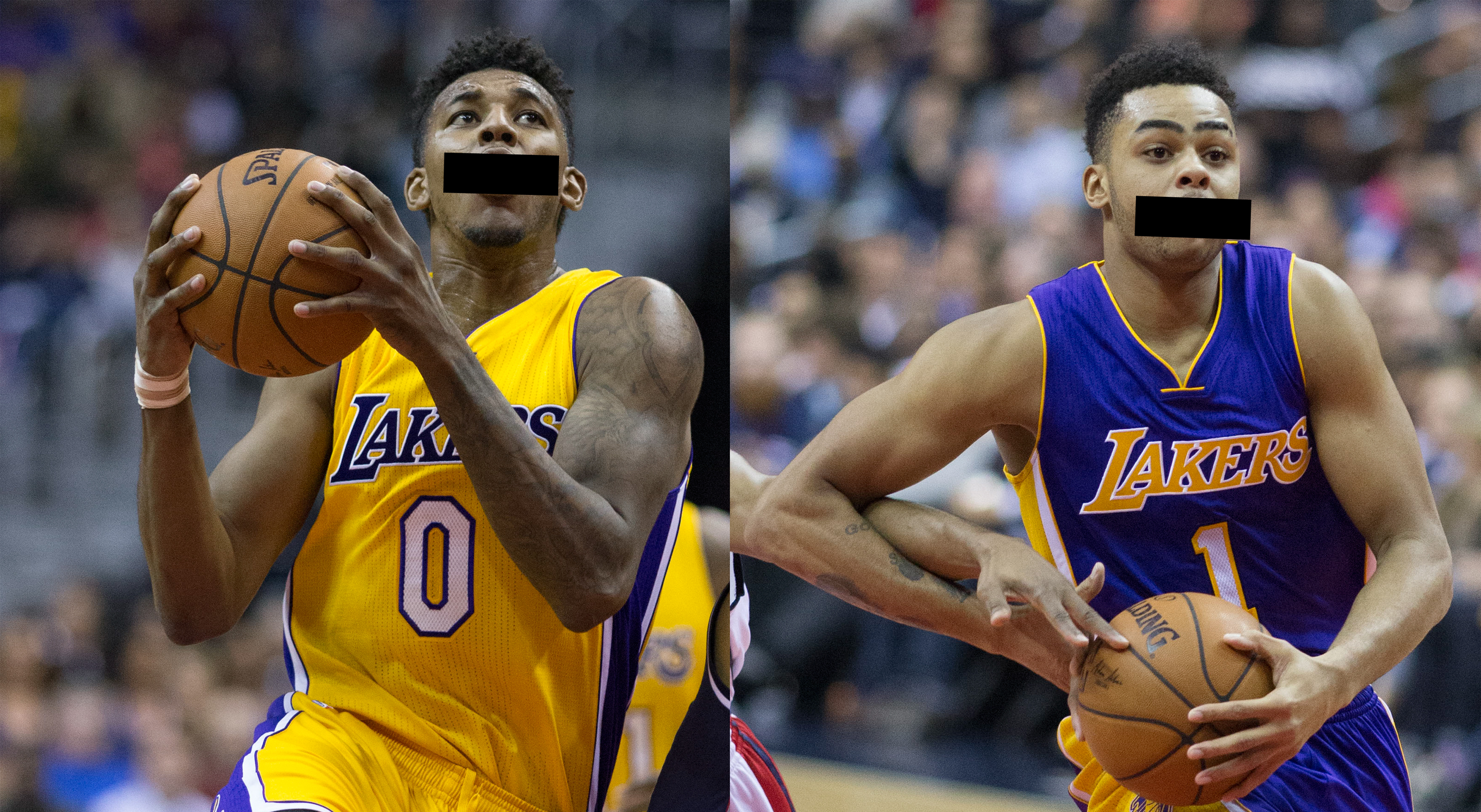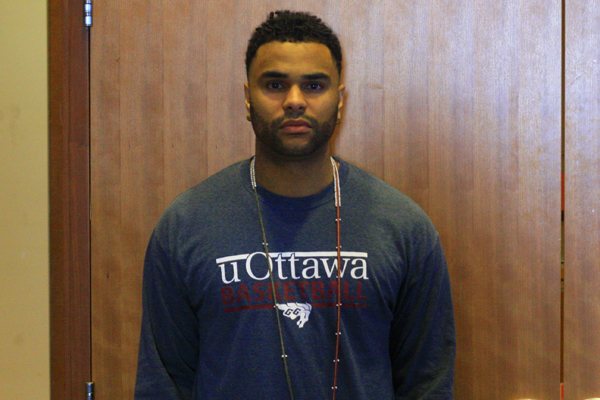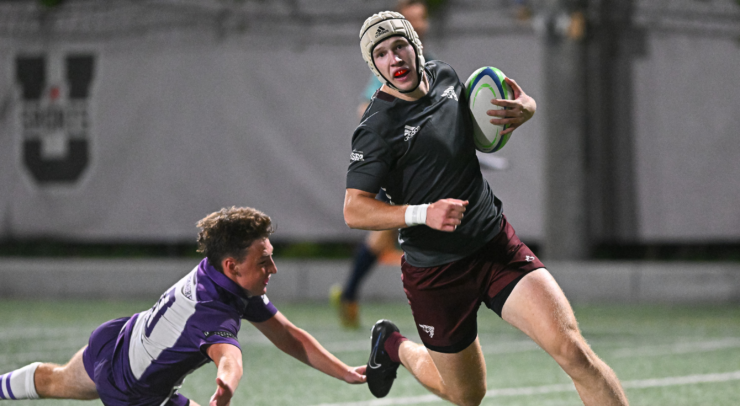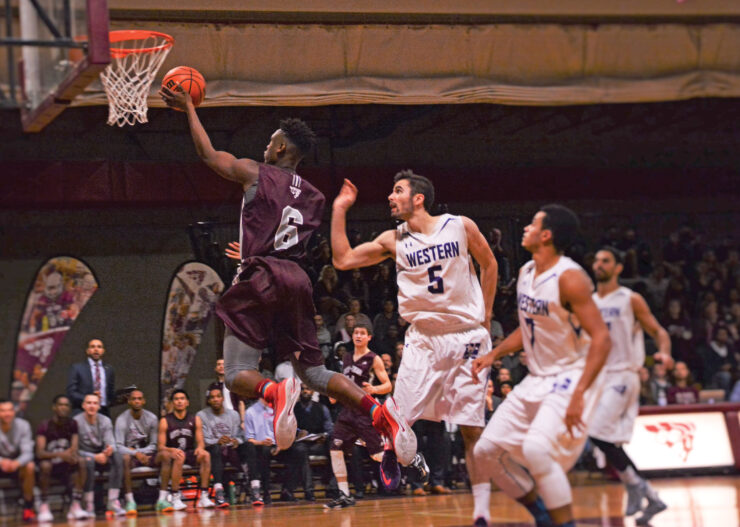D’Angelo Russell’s prying recording shows there’s still wool over everyone’s eyes
In the past week there’s been a media firestorm surrounding the actions of Los Angeles Lakers point guard D’Angelo Russell, and his relation to a viral video.
The controversy involving the 20-year-old rookie began when a video Russell recorded of his teammate Nick Young talking about alleged infidelity surfaced online.
The video depicts Russell prodding Young about his relationship with a 19-year old woman, followed by asking the 30-year-old his age. It ends with Russell asking if Young has attempted talking to celebrity Amber Rose, to which Young explains he hasn’t because her and his ‘girl’ are friends.
The video exploded on social media due to the fact that Young’s fiancée is popstar Iggy Azalea.
After the news broke, Russell and the Lakers suffered their worst loss in franchise history, only further amplifying the issue.
Russell has since apologized and the rest of his teammates have sported their best public relations faces in attempt to smother the story.
Despite these attempts, the media outcry following these events have pulled back the curtains on a rarely breached wall between athletes and the media, giving insight to the mysterious social dynamics behind the scenes in sports.
It’s fairly evident there is a code surrounding the locker room and team activities. The philosophy is simple: what happens in the locker room or with the team stays within that group.
For the most part, this is to protect the inner workings of the team from being exposed to the scrutinizing eye of the public and potential opposition. It also allows the team members to form a stronger bond with each other, enabling them to get to know eachother better without prying eyes. A violation of this trust has such serious consequences that it’s difficult to compare the Russell-Young situation to any in recent history.
The last time there was a team rift that went public on this level it was also with the Lakers betweenKobe Bryant and Shaquille O’Neal in the early 2000s. However, the specifics of that incident were in more of a legal context, and
some would argue the information was acquired somewhat surreptitiously.
Nevertheless, it’s more likely that athletes will fall to form in situations where an incident involving one of their teammates is investigated.
An example closer to home is here at the University of Ottawa. Its athletes are all subject to varying degrees of ‘media training’, and by and large the media is kept at an arm’s length from real team issues.
In the well-publicized alleged sexual assault within the men’s hockey team in 2014, the team members’ unwillingness to divulge intimate team information was clear—despite the severity of the allegations.
The culture ran so deep that former head coach Réal Paiement was fired, in large part because he tried to handle the issue internally, something that ultimately backfired.
Going back to the Russell issue, it’s interesting that the outcry was not over what he revealed, but the fact he revealed it at all.
In the end, two people’s very real relationships were laid out as a public spectacle. Perhaps, herein lies the whole point of the locker room code.
We as the public often expect athletes to be faultless role models, so much so that we sometimes forget they are humans and also make mistakes.
The question of when this code should be broken remains a contentious one. Should players remain silent when they are aware of something possibly damaging to others? The answer to this question is still unclear, and just like the inner workings of the team—maybe we’ll never know.





